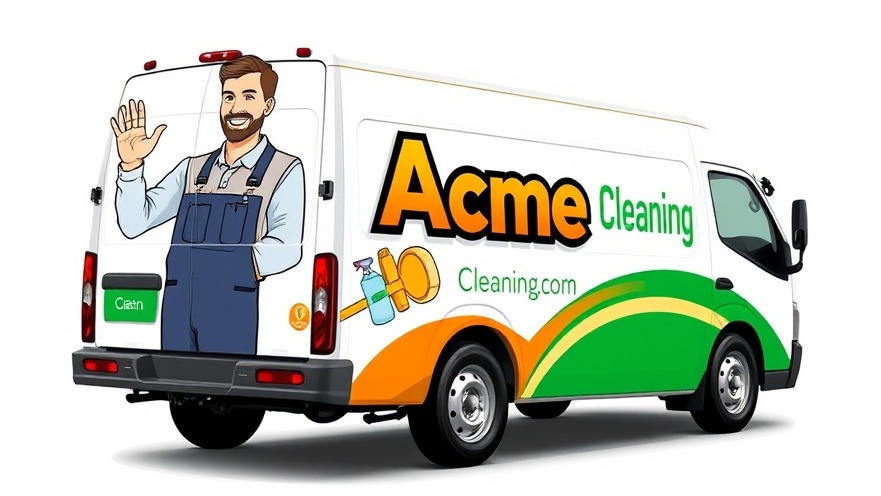
Unlocking New Possibilities: OpenAI's Image Feature Upgrade
Last week, OpenAI's CEO Sam Altman unveiled the most significant enhancement to ChatGPT's image generation capabilities in over a year, introducing the powerful GPT-4o model. This upgrade transforms the way we think about image creation, allowing for stunning visual outputs that are not just more detailed, but also reflect a myriad of animation styles. These improvements are not just cosmetic— they enhance creative possibilities for businesses and individuals alike.
Why This Upgrade Matters: The Shift to GPT-4o
The transition from the previous model, DALL-E 3, to GPT-4o may take a bit longer for image generation, but early users are already reporting that the results are worth the wait. With improved accuracy and detail, the images produced are not only eye-catching but are also versatile enough for various applications. Imagine the potential as businesses integrate AI-generated visuals into their marketing strategies!
7 Innovative Use Cases for ChatGPT's Image Creation
This upgrade opens the floodgates for innovation. Here are a few ways that professionals can leverage these capabilities:
Create Digital Samples of Your Products: For instance, if you're a cleaning product manufacturer and need to visualize how your logo would look on various items, you can quickly mock this up in the system instead of waiting for proofs. A simple prompt can yield instant visuals to push your design forward.
AI-Enhanced Images for Ad Creatives: Whether you're in HVAC, landscaping, or commercial cleaning, unique and enhanced ad creatives can make your campaigns stand out on platforms like Meta. Unique visuals can differentiate your brand and attract more clicks.
Tailor-Made Promotional Materials: The enhanced capabilities can streamline the creation of promotional materials for specific events or campaigns, saving you time while increasing your design's effectiveness.
Social Media Content Creation: Engage your audience with eye-catching images generated from popular culture references or themes trending in your industry.
Website Graphics: Instantly generate graphics for your website to keep content fresh and engaging without the need for extensive graphic design knowledge.
Interactive Demo Content: For businesses in industries that rely heavily on visuals, like real estate or tourism, using these images to create interactive demos can engage potential clients more effectively.
Versatile E-commerce Solutions: Use this technology not just for branding, but also to enhance product images, leading to better customer engagement and potential conversions.
Practical Steps to Use the Feature Effectively
To maximize the potential of OpenAI's image generation tool, always remember to activate the 'Create Image' option when generating visuals. Testing different prompts can also yield a range of results, giving you flexibility in what your final image looks like. The goal is to iterate and refine until you achieve the perfect visual representation for your needs.
The Future of Image Creation with AI
The advancements in image generation with GPT-4o are just the beginning. As the AI landscape evolves, we can expect even more sophisticated tools that further blur the lines between technology and creativity. Whether for personal projects or professional endeavors, embracing these innovations will be crucial for staying ahead in today's competitive landscape.
Why Staying Informed Is Key
As technology rapidly evolves, the ability to adapt and take advantage of these advancements becomes a crucial skill. Integrating such tools into your workflow can not only save time but also boost creativity and lead to newfound efficiencies. Jumping on these enhancements might just be the edge your business needs to thrive.
 Add Row
Add Row  Add
Add 




Write A Comment